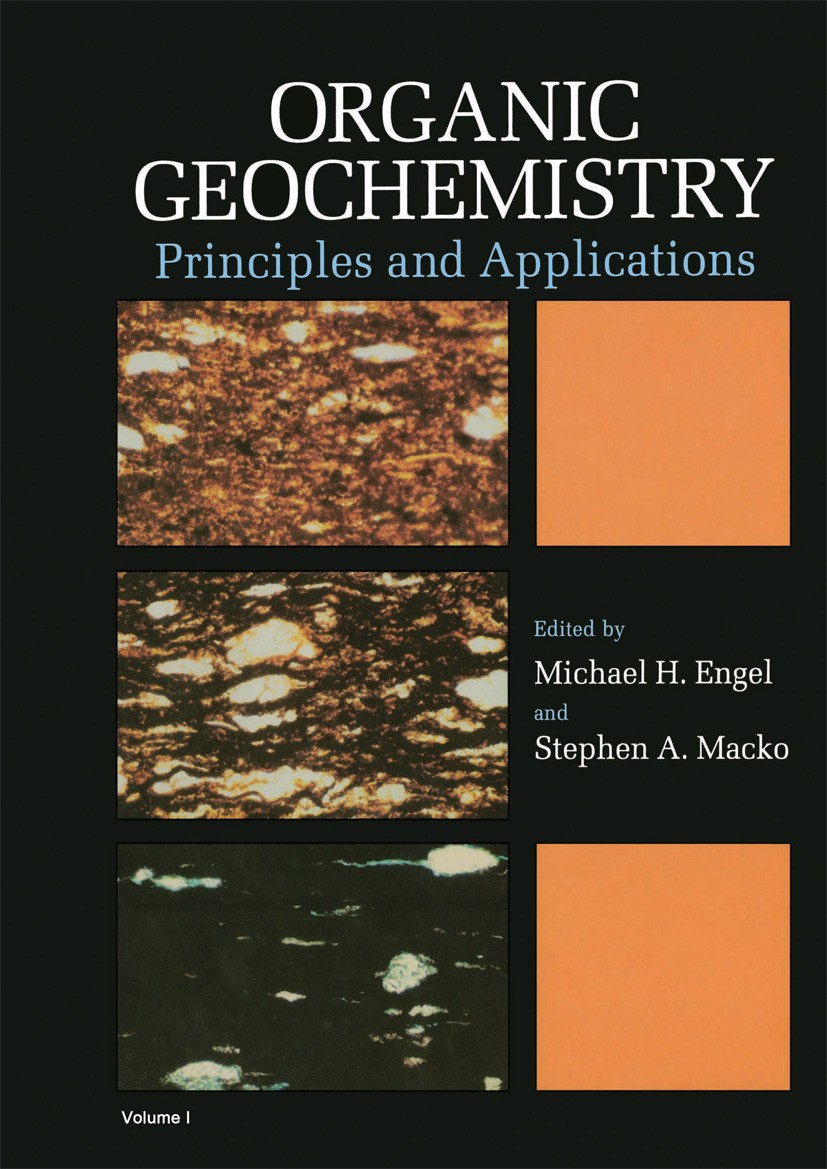Deamination of alicyclic and aromatic amines under geologically relevant hydrothermal conditions
IF 2.5
3区 地球科学
Q2 GEOCHEMISTRY & GEOPHYSICS
引用次数: 0
Abstract
Amines are a particular group of organic compounds of interest to deep-sea biology, organic geochemistry, and astrobiology research, in large part due to their involvement in biological metabolism, such as in the form of amino acids and proteins, participation in the subsurface carbon (C) and nitrogen (N) cycles, as well as their relevance to biomolecular precursors on early Earth and potential biosignatures beyond Earth. Although there have been many studies on the deamination of amines under hydrothermal conditions, few have determined the relative deamination rates and degradation mechanisms among different amine structures. In this study, we investigate the reaction kinetics and pathways of a group of aromatic and alicyclic amines, including aniline, benzylamine, cyclohexylamine, and cyclohexylmethylamine, under geologically relevant temperatures (200–275 °C) and pH ranges (5–9) for up to 120 h. Among the studied amines, the amine reactivity generally follows a trend of aniline < cyclohexylamine < cyclohexylmethylamine < benzylamine. Alcohols and secondary amines/imines are observed as the major products of amines, whose formation could follow a nucleophilic substitution (SN1 or SN2) mechanism. Hydrothermal experiments at different pH also show that deamination occurs more readily under acidic than alkaline hydrothermal conditions, indicating that the aminium form (R-NH3+) accelerates deamination. These results suggest that the kinetics and pathways of hydrothermal amine transformations are controlled by both the amine structure and solution pH, which have implications for predicting the deamination processes of organic N, release of inorganic N (e.g., ammonia), and N cycling in geologically relevant hydrothermal systems.
与地质相关的热液条件下脂环胺和芳香胺的脱胺作用
胺是深海生物学、有机地球化学和天体生物学研究感兴趣的一类特殊有机化合物,这在很大程度上是因为它们参与生物代谢,例如以氨基酸和蛋白质的形式,参与地下碳(C)和氮(N)循环,以及它们与早期地球上的生物分子前体和地球以外潜在的生物特征的相关性。虽然对水热条件下胺类物质的脱氨作用研究较多,但对不同胺类结构间的相对脱氨速率和降解机理的研究较少。在本研究中,我们研究了苯胺、苄胺、环己胺和环己基甲胺等芳香族和脂环类胺在地质相关温度(200-275℃)和pH(5-9)下长达120 h的反应动力学和反应途径。在所研究的胺中,胺的反应性总体上遵循苯胺、环己胺、环己基甲胺和苄胺的变化趋势。醇和仲胺/亚胺是胺的主要产物,其形成遵循亲核取代(SN1或SN2)机制。不同pH条件下的水热实验也表明,酸性水热条件下脱氨比碱性水热条件下更容易发生,说明氨形态(R-NH3+)加速了脱氨。这些结果表明,水热胺转化的动力学和途径受胺结构和溶液pH的共同控制,这对预测地质相关热液系统中有机氮的脱氨过程、无机氮(如氨)的释放和氮循环具有重要意义。
本文章由计算机程序翻译,如有差异,请以英文原文为准。
求助全文
约1分钟内获得全文
求助全文
来源期刊

Organic Geochemistry
地学-地球化学与地球物理
CiteScore
5.50
自引率
6.70%
发文量
100
审稿时长
61 days
期刊介绍:
Organic Geochemistry serves as the only dedicated medium for the publication of peer-reviewed research on all phases of geochemistry in which organic compounds play a major role. The Editors welcome contributions covering a wide spectrum of subjects in the geosciences broadly based on organic chemistry (including molecular and isotopic geochemistry), and involving geology, biogeochemistry, environmental geochemistry, chemical oceanography and hydrology.
The scope of the journal includes research involving petroleum (including natural gas), coal, organic matter in the aqueous environment and recent sediments, organic-rich rocks and soils and the role of organics in the geochemical cycling of the elements.
Sedimentological, paleontological and organic petrographic studies will also be considered for publication, provided that they are geochemically oriented. Papers cover the full range of research activities in organic geochemistry, and include comprehensive review articles, technical communications, discussion/reply correspondence and short technical notes. Peer-reviews organised through three Chief Editors and a staff of Associate Editors, are conducted by well known, respected scientists from academia, government and industry. The journal also publishes reviews of books, announcements of important conferences and meetings and other matters of direct interest to the organic geochemical community.
 求助内容:
求助内容: 应助结果提醒方式:
应助结果提醒方式:


